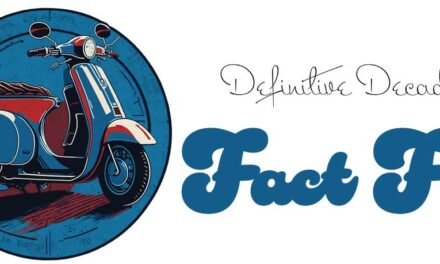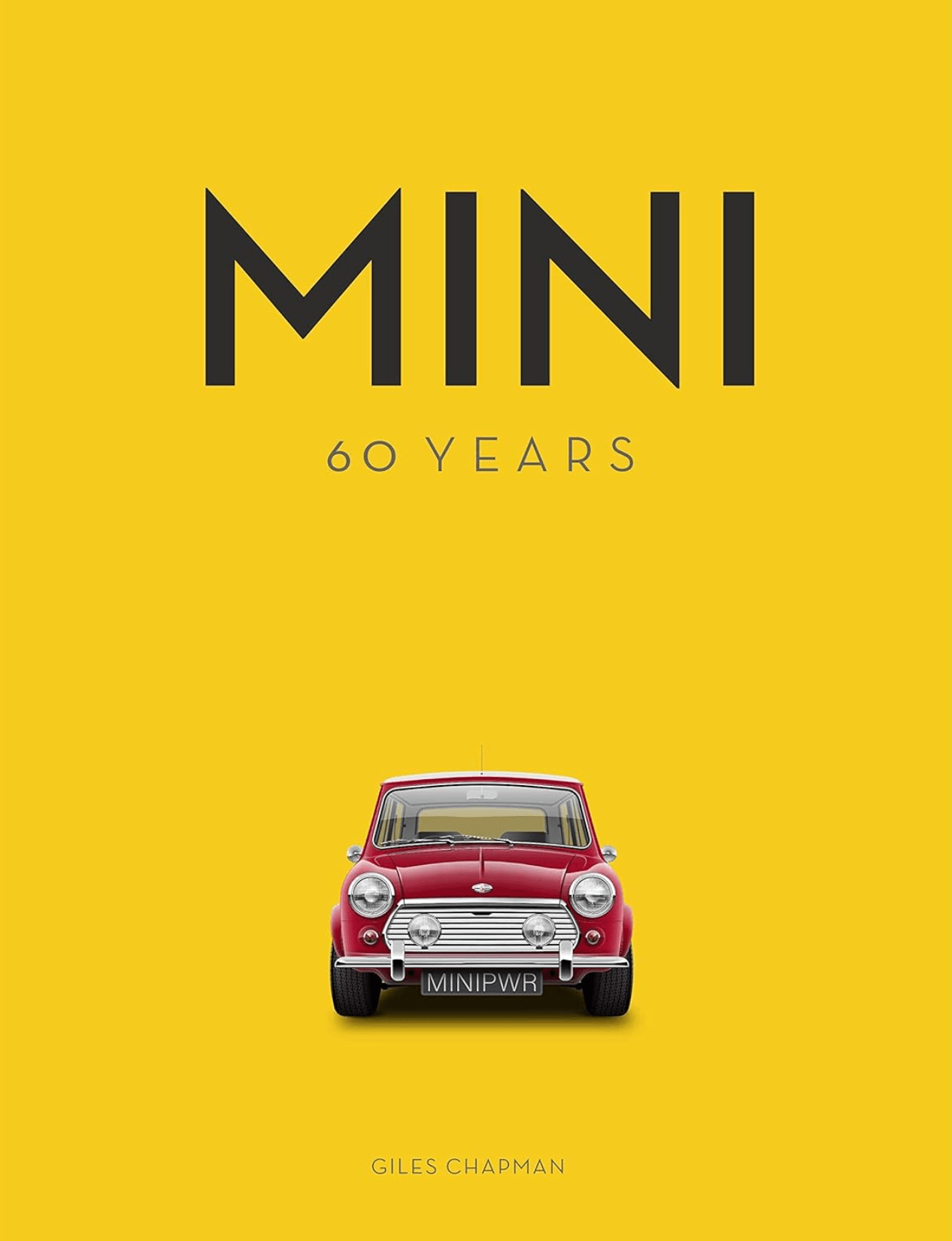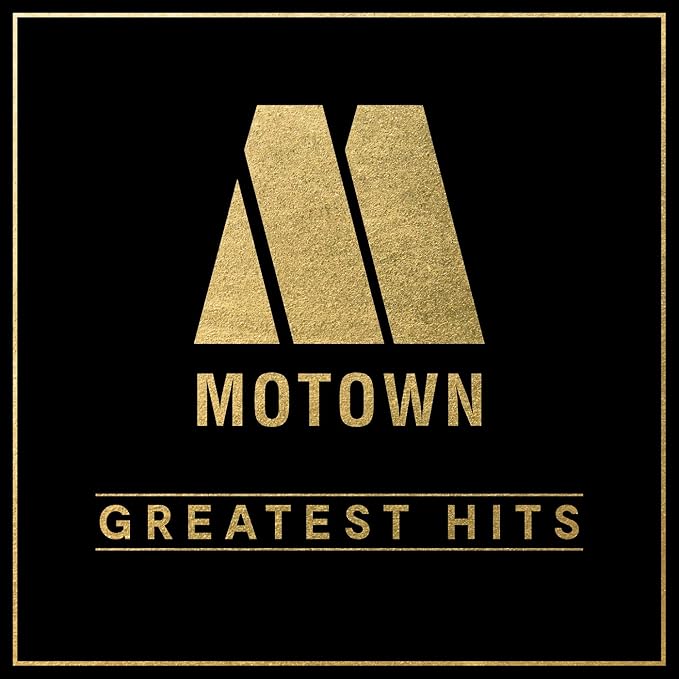“Big”: A Timeless Classic That Explores the Beauty of Childhood
Released in 1988, “Big” is a heartwarming comedy-drama film that effortlessly captures the essence of childhood while also exploring the complexities of adulthood. Directed by Penny Marshall and written by Gary Ross and Anne Spielberg, the movie embraces the magic and innocence of being a child, challenging societal norms and questioning the nature of growing up.
“Big” falls under the genre of fantasy, showcasing elements of wish-fulfillment and exploring the age-old desire to be older. It was released at a time when the genre was gaining popularity, with movies like “Back to the Future” and “The Princess Bride” captivating audiences with their imaginative storytelling.
Penny Marshall, an acclaimed actress and director, helmed the project. Having previously directed hits like “A League of Their Own” and “Awakenings,” Marshall brought her unique perspective and creative vision to “Big.” Her direction elevated the storytelling, bringing believability to the fantastical elements of the film and grounding the story in a relatable world.
The screenplay was written by Gary Ross, who later went on to make his mark in Hollywood as the writer-director of “Pleasantville” and “The Hunger Games.” Collaborating with Anne Spielberg, they crafted a captivating narrative that delves into the challenges of growing up and the desire to escape the struggles of adulthood.
“Big” was produced by 20th Century Fox and Gracie Films. With the financial backing of a major studio, the production team was able to bring their vision to life, creating a movie that remains a beloved classic to this day.
The film follows the story of Josh Baskin, a young boy who is frustrated with the limitations of childhood. During an encounter at a carnival, he makes a wish to be “big.” To his amazement, the next morning, Josh wakes up in the body of a grown man. With the help of his best friend Billy, Josh sets off on a journey to navigate the world of adulthood while desperately searching for a way to reverse the magic that transformed him.
Tom Hanks delivers a remarkable performance as the adult Josh Baskin, perfectly capturing the innocence and wonder of a child while also portraying the trials and tribulations of adulthood. Hanks’ portrayal earned him critical acclaim and solidified his reputation as a versatile actor. The film also features exceptional performances from Elizabeth Perkins as Susan Lawrence, a high-powered executive who becomes Josh’s love interest, and Robert Loggia as MacMillan, Susan’s caring mentor.
When “Big” was released, it received widespread critical acclaim. Critics praised the film for its heartfelt portrayal of childhood, its examination of the complexities of adulthood, and Tom Hanks’ remarkable performance. The movie struck a chord with audiences, who were drawn to its nostalgic atmosphere and universal themes.
The film was a commercial success, grossing over $151 million worldwide against a budget of $18 million. Its box office triumph cemented “Big” as a major goldmine for the studio and paved the way for more movies to explore the genre of age transformations.
In recognition of its impact, “Big” received two Academy Award nominations for Best Actor (Tom Hanks) and Best Original Screenplay (Gary Ross and Anne Spielberg). Although it did not secure any awards, the nominations were a testament to the film’s quality and resonant storytelling.
“Big” has had a lasting legacy and has become a cultural touchstone. Its memorable scenes, such as the iconic piano duet in the toy store, have been imitated and referenced in countless movies and television shows. The film’s exploration of the beauty and simplicity of childhood continues to resonate with audiences of all ages, reminding us of the importance of embracing our inner child.
Despite its enduring popularity, no official sequels or prequels have been produced. However, the movie has inspired similar stories and themes in other films, such as “13 Going on 30” and “17 Again.” While not directly related to “Big,” these movies owe a debt to its success and influence in the realm of age transformation storytelling.
In conclusion, “Big” stands as a testament to the enduring charm and magic of childhood. With its talented cast, heartfelt storytelling, and exploration of the complexities of adulthood, the film continues to captivate audiences of all ages. Its impact on popular culture and critical acclaim have solidified it as one of the most beloved movies of its time, ensuring that “Big” will continue to be cherished for generations to come.












